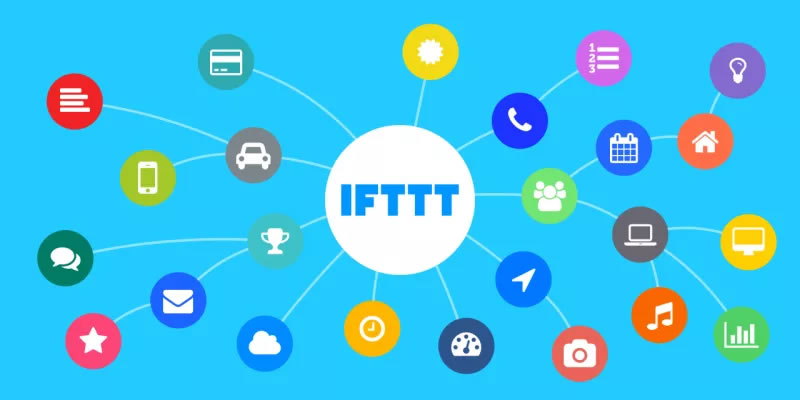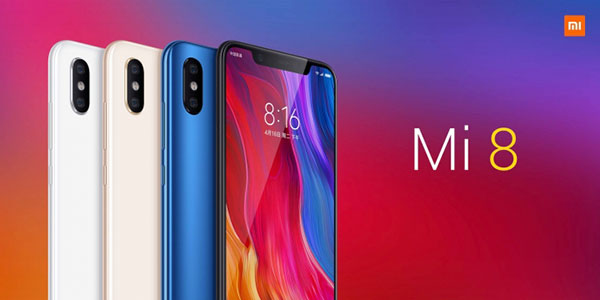
On December 14, 2010, Linden Tibbets, the co-founder of IFTTT, posted a blog post titled “ifttt the beginning…” on the IFTTT website, announcing the new project. The first IFTTT applications were designed and developed by Tibbets and co-founder Jesse Tane. On September 7, 2011, Tibbets announced the launch on the official website https://ifttt.com/discover.
April 30, 2012, users had created one million tasks. In June 2012, the service entered the Internet of Things space by integrating with Belkin WeMo devices,allowing recipes to interact with the physical world. On July 10, 2013, IFTTT released an iPhone app and later released a version for iPad and iPod touch.On April 24, 2014, IFTTT released a version for Android.By the end of 2014, the IFTTT business was valued at approximately USD 170 million.
On February 19, 2015, IFTTT launched three new applications. Do Button triggers an action when you press it. Do Camera automatically uploads the image to the service of your choice (Facebook, Twitter, Dropbox, etc.). Do Notes does the same as Do Camera, except with notes instead of images. As of November 2016, the four apps have been combined into one. By December 2016, the company announced a partnership with JotFormto integrate an “Applet” to create actions in other applications (wikipedia)
IFTTT employs the following concepts:
- Services (formerly known as channels) are the basic building blocks of IFTTT.They mainly describe a series of data from a certain web service such as YouTube or eBay. Services can also describe actions controlled with certain APIs, like SMS. Sometimes, they can represent information in terms of weather or stocks.Each service has a particular set of triggers and actions.
- Triggers are the “this” part of an applet. They are the items that trigger the action. For example, from an RSS feed, you can receive a notification based on a keyword or phrase.
- Actions are the “that” part of an applet. They are the output that results from the input of the trigger.
- Applets (formerly known as recipes) are the predicates made from Triggers and Actions. For example, if you like a picture on Instagram (trigger), an IFTTT app can send the photo to your Dropbox account (action).
- Ingredients are basic data available from a trigger—from the email trigger, for example; subject, body, attachment, received date, and sender’s address.
Usage examples
- IFTTT can automate web-application tasks, such as posting the same content on several social networks.
- Marketing professionals can use IFTTT to track mentions of companies in RSS feeds.
- IFTTT is also used in a wide range of home automation use cases, for instance switching on a light when detection motion in a room (with associated compliant devices).
Getting Started
“Getting set up with IFTTT is not difficult, though it might be a good idea to head over to the service’s website and take a look at what it supports. While everyone will be able to make use of IFTTT’s social network connectivity, the real fun is if you have a smart device that supports the platform. Thankfully, a wide array of products support the service, including Fitbits, various Nest products, and a wide variety of smart home devices and appliances.
After heading to the IFTTT website, click the Sign Up link in the upper-right corner and enter the email and password you’d like to use. IFTTT will take you through a crash course on how to use the site, and then ask you to select three channels you’re interested in. As a tip, select channels of partners that you have accounts with — you’ll use these channels when making recipes. If you’d like, you can also select more than three, as well as click the Show more channels link to see other channels you might want to add. When you’re finished, click Continue, and you’ll see a page with various recipe recommendations based on your channel selections.
Using IFTTT
Now that you’ve signed up, take a look at the recipes. You’ll likely see some to link your social networks. This recipe, for example, lets you keep your Twitter and Facebook profile pictures in sync, while another allows you to automatically upload Facebook photos you’ve been tagged in to Google Drive. Pick the ones that interest you — how you use IFTTT really is up to you.
What I’ve found best in my own IFTTT experience is that it’s best to automate tasks that might be repetitive for you, or those that are just a pain in the you-know-where. For example, I have two recipes that do yeoman’s work to promote my writing. Both use DigitalTrend’s RSS feeds, and monitor it for new entries containing my name. When it sees a new entry, it automatically tweets the story on my Twitter feed, and publishes a post to my Facebook page. I used to have to do that manually, which took a lot of time.
Another recipe that I find pretty cool connects to my Strava account and builds a Google Spreadsheet of my workouts. I also you a recipe on the daily to share the time lapse from my Bloomsky webcam via Twitter. As you can see, the possibilities are almost endless.
Before you even start adding recipes, however, it’s a good idea to run through the 300+ channels and see how many you can add before you go nuts. As you add more channels, IFTTT’s channel recommendations will get better. There seems to be new channels added weekly, so keep checking back too.
How Well Does it Work?
My experience with IFTTT has been fairly trouble-free. Most of the suggested recipes work well without modifications, though some require a bit of fiddling to fit your needs. Creating recipes is basically a point-and-click affair, one that’s straightforward and allows ample room for customization. Be aware that some channels only work in one direction though, meaning they can trigger an action but not the other way around, or vice versa.
Also, give the recipes some time. Most of the connections between the social media services are nearly instantaneous, but I’ve waited for as long as a 30 minutes after an entry appears in the DT RSS feed for the posts to go out. IFTTT does not continuously check for these triggers, but instead, pings that service or device for the trigger you’ve set on a preset (but undisclosed) schedule.
There also are some negatives to IFTTT, too. You can only have one event trigger and one action. In some cases, you’d likely want to have more than one action, and with IFTTT that’s not possible. There are similar services that can do that — Stringify is the best option, in my experience — but these other services don’t have the extensive list of partners IFTTT has, so you’re currently stuck making multiple recipes. ”

